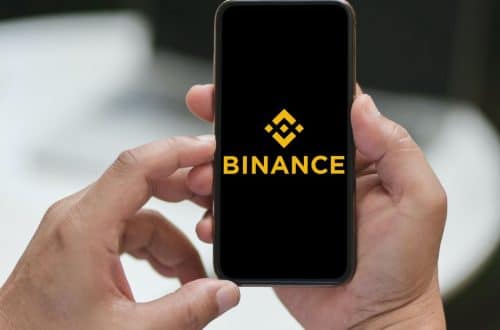
Azuki Debuts Physical Backed Token (PBT): Here’s All You Should Know
- Popular NFT project following a Japanese anime theme Azuki has announced a new Ethereum-based open source token standard dubbed Physical Backed Token $PBT.
- The newly-launched PBT is an open-source token standard that links a physical object to a digital token on the Ethereum blockchain.
- With the usage of PBT, users can create a link between the real world and the virtual world in a new way as it brings a new dimension to how brands tell stories.
The Japanese anime-themed non fungible token (NFT) project Azuki is planning to expand its presence in the Web3 space with the announcement of a new Ethereum-based open source token standard dubbed Physical Backed Token $PBT.
Azuki, an NFT collection of 10,000 anime-inspired avatars, aims to link physical items with digital tokens, allowing users to enjoy on-chain ownership of real assets.
Notably, according to a recent announcement by the company, the newly-launched PBT is an open-source token standard that links a physical object to a digital token on the Ethereum blockchain.
The tweet was accompanied by a short video that provided an appropriate illustration of tying a golden skateboard to a BEAN Chip. The first physically authenticated on-chain products, according to the video presentation, will be launched by Azuki on October 21 in the form of nine golden skateboards.
Additionally, Azuki has described the BEAN Chip as a physical cryptographic chip which is capable of self-generating an asymmetric key pair and is the first implementation of the PBT. It is also important to note that the PBT enables the hardware to create an experience called “scan-to-own” the mechanism, which is another crucial step in the world of NFTs.
“Digital tokens are currently used to provide access to physical drops. And now with PBTs, we’re unlocking the use of physical goods to create digital experiences. A new generation of storytelling and experiences begins today,”
Azuki said in a Twitter post.
Basically with the usage of PBT, users can create a link between the real world and the virtual world in a new way as it brings a new dimension to how brands tell stories. Moreover, as a holder, those who take part in the community can build a collection that “captures both the digital and physical, trade authenticated items, or participate in real life quests,” confirmed the NFT project in another Twitter post.
While there are multiple projects and firms in the blockchain space that have debuted a token based on real world items, Azuki developers noted that these two aspects were soon unlinked following the minting process which basically means that the users did not get what they asked for. Therefore, the NFT project will make use of decentralised authentication and tracking of the entire ownership lineage on-chain so that the real world and tokenized aspects are not lost.
For the developers who are intrigued by the idea, they can begin building with PBT today at pbt.io.
In the light of similar events, the pseudonymous founder of NFT project, who goes by the name “Hachinuki,” confirmed that he was abandoning an NFT project called NekoPara on which he spent two years.






